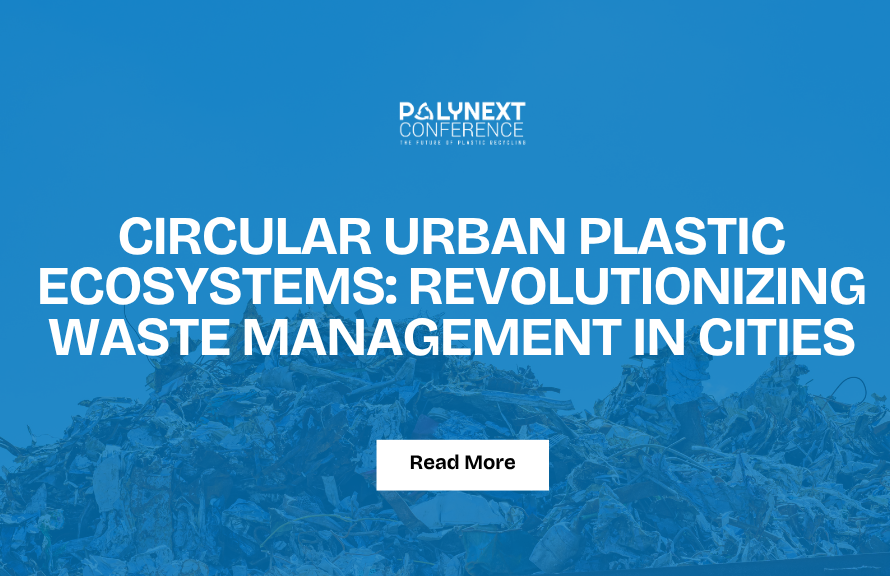Introduction
Urban flooding is no longer a rare event—it’s becoming a common crisis in many cities worldwide. Among the numerous causes of flooding, plastic pollution stands out as a silent but significant threat. From single-use plastic bags to discarded bottles, mismanaged plastic waste is increasingly clogging urban drainage systems, amplifying the intensity and frequency of floods, especially in densely populated, low-income areas.
Mechanism: How Plastic Waste Clogs the Flow
Plastic waste, particularly lightweight and non-biodegradable items like bags, wrappers, and bottles, often ends up in streets and open drains due to poor waste disposal systems. These items accumulate quickly in drainage infrastructure, including stormwater grates, culverts, and river inlets.
Once drains and sewers are blocked, they fail to carry rainwater away efficiently. During heavy rains, water starts backing up and eventually overflows onto streets and homes. These blockages, often denser and more impermeable than organic waste, make urban flooding more sudden and severe, sometimes causing water levels to rise by up to one meter within an hour.
Scale and Impact of the Problem
Globally, around 218 million people are at risk of flooding worsened by plastic pollution. The issue is particularly critical in urban areas where population growth has outpaced infrastructure development.
Research shows that when plastic debris blocks drainage systems:
Water accumulates faster and floods reach higher levels within a shorter time.
Vulnerable communities face heightened risks of drowning, disease outbreaks (like cholera and dengue), and displacement.
Economic losses increase as homes, roads, and public utilities suffer repeated flood damage.
Key Findings
Plastic waste causes more rapid and impermeable blockages than organic matter.
Increasing urbanization, coupled with rising plastic waste generation, is outpacing investments in waste management and drainage infrastructure.
The result is more frequent, unpredictable, and devastating urban floods.
Real-World Examples: Global Evidence of the Crisis
1. Mumbai, India (2005)
Monsoon rains overwhelmed the city, killing around 1,000 people. Investigations revealed that plastic bags had clogged drains, preventing proper water flow and amplifying the flood disaster.
2. Lagos, Nigeria
A study documented 222 storm drains clogged by plastic waste. These blockages led to severe street flooding during the rainy season, exposing thousands to unsafe living conditions.
3. Metro Manila, Philippines
Typhoon-related floods frequently leave streets submerged. Plastic bottles and bags clog drainage channels, forcing residents to manually clear the waste to restore water flow.
4. Cikapundung River, Indonesia
During rainstorms, plastic debris rapidly blocks river trash racks, causing water levels to spike up to 1 meter in just one hour, creating hazardous flood conditions.
5. Other Affected Countries
Severe plastic-induced flooding has been reported in Cameroon, Ghana, Bangladesh, Democratic Republic of Congo, and slum areas of Nepal, South Sudan, and Malawi, where poor waste management systems exacerbate the crisis.
A Case in Focus: Mithi River, Mumbai
The Mithi River, once a lifeline for Mumbai, is now a toxic channel due to years of plastic dumping, municipal waste, and industrial effluents. The accumulation of debris frequently chokes the river’s flow, contributing to recurring monsoon floods. These floods not only disrupt transportation and livelihoods but also degrade water quality, harm biodiversity, and threaten public health.
Conclusion
Plastic pollution has evolved from an environmental nuisance into a critical urban threat multiplier, especially in regions with inadequate drainage and waste systems. As cities continue to grow, addressing plastic waste is no longer optional—it’s essential for urban flood resilience and public safety. Solutions must involve stricter waste regulations, better urban planning, public awareness, and investment in sustainable infrastructure to keep plastic out of drains—and flood waters out of homes.
In this context, PolyNext 2025 offers a timely platform for stakeholders to explore cutting-edge innovations, promote circular economy practices, and foster global collaboration aimed at reducing plastic waste and building more resilient cities.




